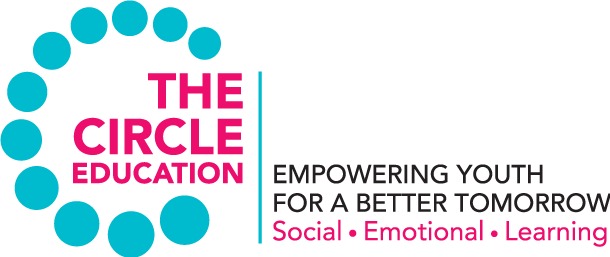
photo by Sam Nzima
“They are a generation whose whole education has been under the diabolical design of the racists to poison the minds and brainwash our children into docile subjects of apartheid rule.”
-Nelson Mandela
Thirty-nine years ago and yesterday, South African youth led an uprising against the apartheid regime. The image of twelve-year-old Hector Pieterson dying in the arms of his fellow student after being hit by a police bullet came to symbolize the utter bankruptcy of a system that sought to make people of colour servants to the twisted logic of racism. Hector was one of 566 children and youth who died at the hands of the state in this wave of protests.
June 16th is a public holiday in South Africa and vigils and memorials are held at the monument to Hector in Orlando, Soweto, the Johannesburg township that remains a hotbed of youth culture, activism and still today, dissent and protest led by youth. The difference, now, is that South Africa has a progressive constitution, modelled on our own, and a parliament, much like ours, where the work of progressively realizing the rights of children and youth takes place, for the most part, in a peaceful fashion.
As a recent returnee to Canada, I am deeply impressed by the ways in which some communities and schools have created safe political spaces for young people, how these accommodate the diversity of views, encourage critical thinking and turn youth into stakeholders in, rather than just passive recipients of, their own education.
There is still work to be done on equity and inclusiveness in extending these privileges to all communities, but I am pretty excited by the vast potential for leveraging – for creating a contagious culture of peace that could be a powerful counterpart to those who have sought to employ young people in agendas of oppression, racism, dominance, violence and warfare.
So my question is always, “what are we really hearing, when we listen to young people – their own voices, emerging from confident, capable and fearless individuals?” We cannot afford to be complacent – their authentic voices tell us about ourselves, our culture and our democracy. We cannot allow our youth to become background music while we take our peace for granted.
Angela McIntyre, Executive Director
June 16, 2015
